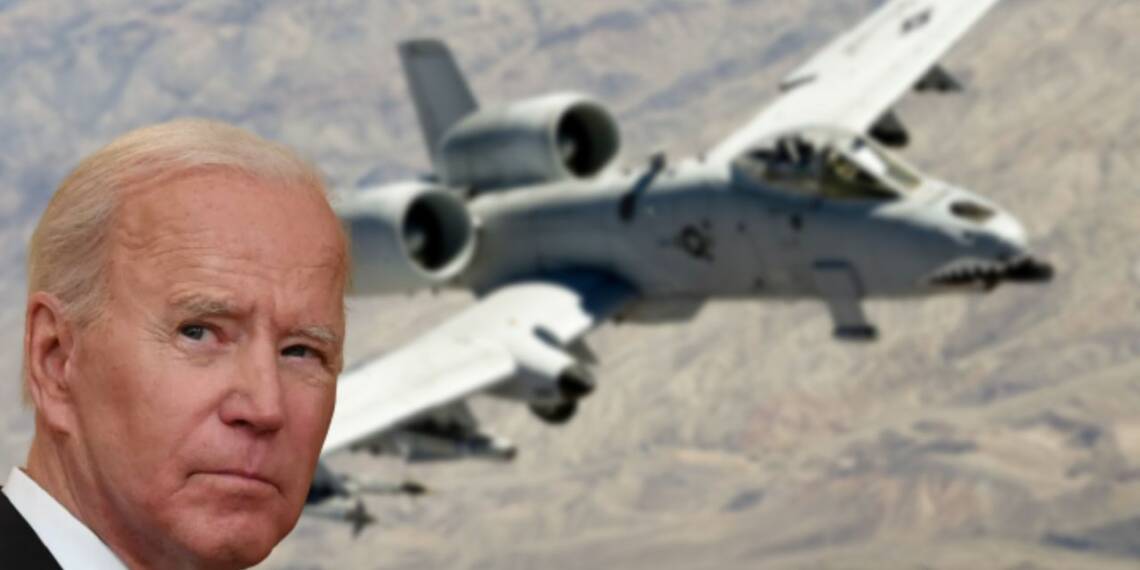Greed is a voracious urge that can never be fully satisfied, leading to an endless pursuit of more. The United States military-industrial complex, along with President Biden, has unfortunately chosen to take advantage of such greed.
The US Air Force is reportedly compromising its operations in a bid to make more money. In 2022, the US Congress approved the final draft for the retirement of 21 A-10 Thunderbolt II aircraft, which has officially begun this year. Plans to ground more than 21 A-10s are in place with further retirements expected in the future.
As a consequence of these retirements, the Air Force’s A-10 fleet will be reduced to 260 aircraft, with further decommissioning of A-10s planned. The Warthog has played a vital role in US operations in Iraq and Afghanistan, providing essential support to ground troops and coalition forces. However, Air Force officials have expressed a desire to replace the A-10 with the F-35 as the primary close-air-support aircraft for the service. Additionally, there are plans to replace the A-10 fleets with F-16s and F-15s in the near future.
End of An era
Truly, the retirement of the A-10 Thunderbolt II marks the end of an era. For over four decades, this aircraft, also known as the “Warthog,” has been a crucial part of the US military’s arsenal. The US Air Force once considered the A-10 as one of the finest examples of American engineering due to its construction and performance. The A-10’s distinctive armament is one of its most important advantages.
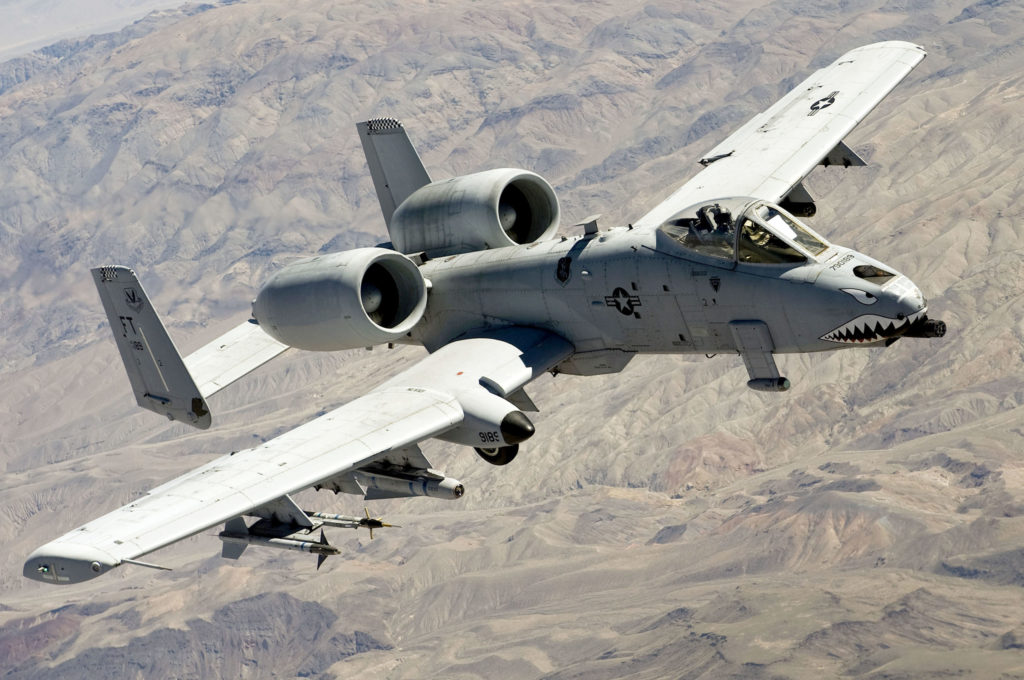
The GAU-8 Avenger, a seven-barrel Gatling gun with a maximum rate of fire of 4,200 rounds per minute, is the aircraft’s primary weapon. When used against tanks and armored vehicles, which are typically difficult to take out with conventional bombs or missiles, this weapon is particularly effective. The Warthog also carries a large arsenal of other weapons, such as bombs and air-to-ground missiles, making it a versatile platform for engaging a variety of targets.
Read More: South Korea delivers a multibillion jolt to the American Military-Industrial Complex
Another important aspect of the A-10’s success is its rugged design. The aircraft is capable of flying even after sustaining damage from small arms fire or surface-to-air missiles because of its sturdy construction. The Warthog has been credited with saving countless lives by providing close air support to troops on the ground in some of the world’s most hazardous combat zones. Due to its durability, it has also been referred to as a “flying tank”.
Despite the A-10 ‘s success on the battlefield, its future remains uncertain. Many officials in the Air Force and Pentagon have been pushing to retire the Warthog for several years, citing budget constraints and the need to modernize the force. The Biden Administration has been granted congressional approval to do so.
Replacing Corodded with Eroded
But, as mentioned earlier, this move could potentially compromise the American air force terribly. How? Because, up to this day, there are no proper successors to the A-10 bombers available to the military. US governments, including the former Trump and Obama administrations, have often promoted F-15 and F-16 fighter jets. However, the fact remains that these jets have yet to prove their mettle.
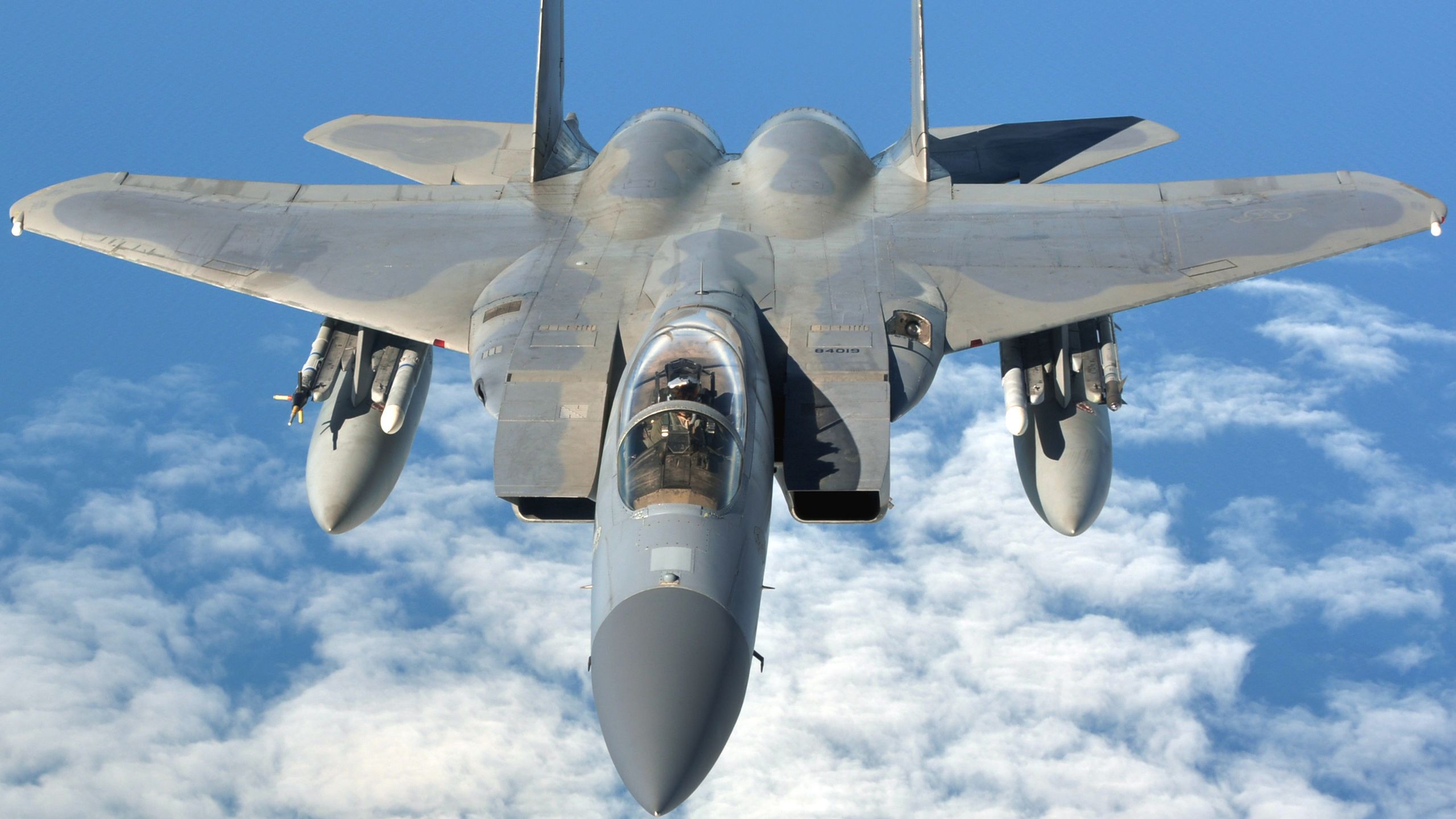
The F-15 and F-16 fighter jets have been in use by militaries all over the world for many years. These aircraft, however, have flawed designs and have not yet demonstrated their full potential. Due to the F-15’s poor maneuverability, it has been said that it cannot compete with more advanced fighter jets. The F-15’s outdated electronics are also susceptible to electronic warfare.
Read More: Russia is cleverly using these five nations to produce military goods despite sanctions
On the other hand, the F-16 has many shortcomings, including constrained range and underpowered engines. In addition to the flaws in their designs, both the F-15 and F-16 have been found to be unreliable in combat situations. The F-15 has been found to suffer from frequent engine problems, and the F-16 has also been reported to be unreliable in combat situations.
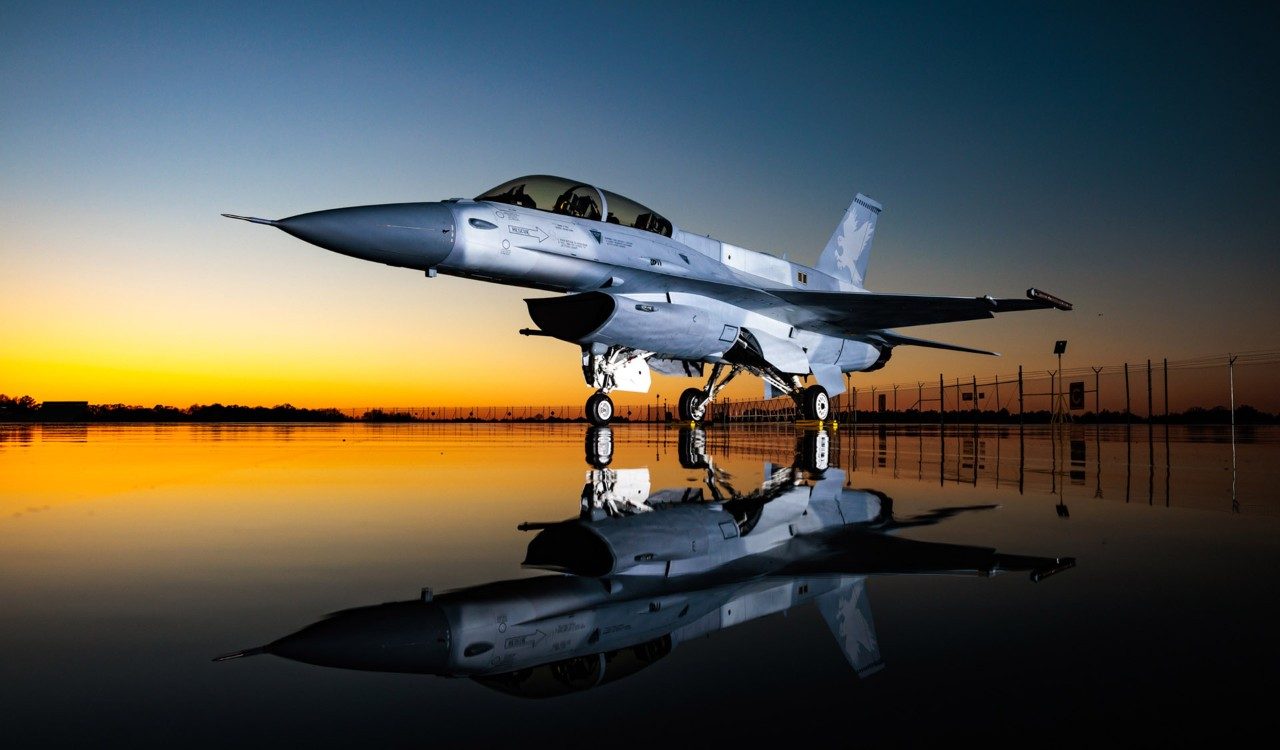
This is the reason why their mishap rate is always above three, which is a dangerous mark. These design and reliability flaws have caused the F-15 and F-16 to be considered inferior to other fighter jets. Hence, jets like the Rafale and MiG29 are preferred over F jets.
The bid to mint money
It is indeed quite astonishing that despite such accusations, the US government continues to promote F-15s, F-16s, and F-35s. Today, the American government argues that the A-10 bombers are old and must be abandoned. However, the fact remains that A-10 has proven its mettle in almost every field, whereas others have failed to do so.

But, there is one field where A-10s are outmatched by F jets i.e. the manufacturing and maintenance costs. In terms of manufacturing costs, the A-10 is much cheaper than the other three aircraft. The total procurement cost of the A-10 is around $18 million per aircraft, which is less than half of the F-15 ($45 million), F-16 ($50 million), and F-35 ($90 million). An F-16C costs about $18 million to produce, whereas an F-16E/F Block 60 equipped with all modern facilities costs $85 million.
Read More: South Korea and Saudi Arabia’s defence ties ‘bombards’ the American defence industry
Both the F-15 and the F-16 have high maintenance costs. An F-15C/D costs around $27,000 per flight hour to maintain, while an F-15E Strike Eagle costs about $33,000 per flight hour. An F-16C is expected to cost around $25,000 per flight hour to maintain. On the other hand, the F-35 is a top premium fighter jet that costs $89 million per aircraft, and its maintenance cost is estimated to be around $44,000 per flight hour, making it one of the most expensive military aircraft to operate. This makes the A-10 much more affordable for the U.S. Air Force in terms of procurement costs.
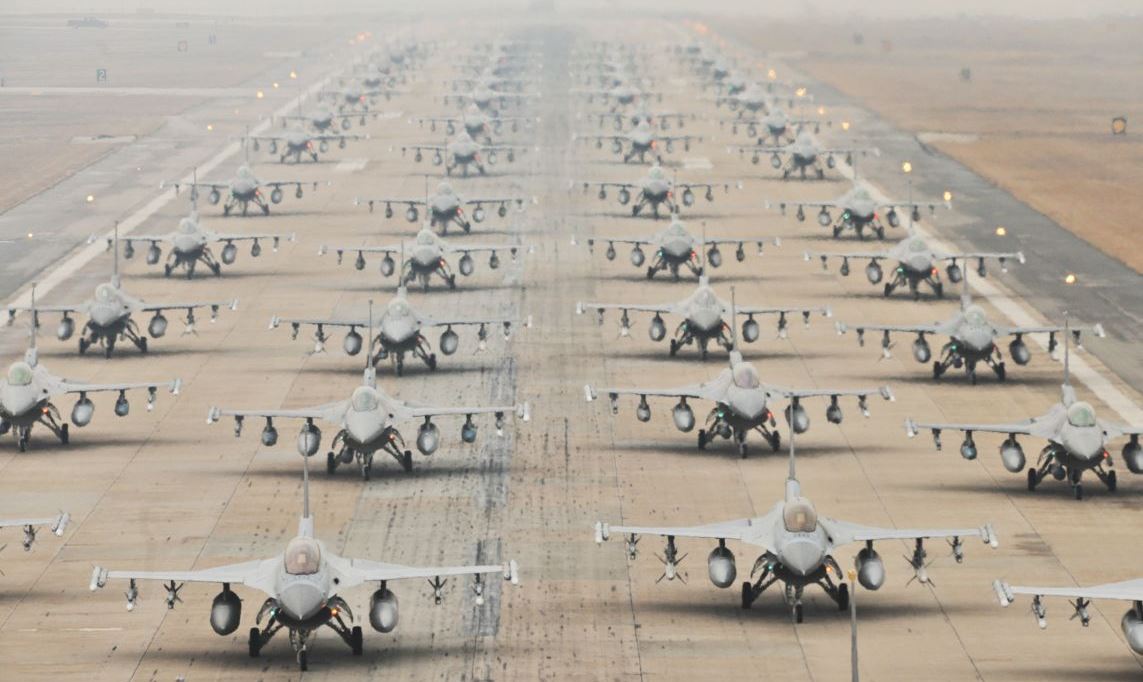
When it comes to maintenance costs, the A-10 is also the most cost-effective of the four. The A-10 has a much lower operating cost per flight hour than the other three aircraft. However, the American Military-Industrial Complex (MIC) always complies with directives to follow the money, and the Biden administration is no exception.
The ‘Dark’ Nexus
This nexus operates between politicians and arms manufacturers, with the US economy heavily reliant on private weapon manufacturers supported by politicians and members of Congress.
The United States has the world’s largest MIC and the highest number of private arms manufacturers, and the US government is planning to expand to the next stage by demanding more military hardware and supplies, especially in the face of conflict.
Read More: Military-Industrial Complex demands that America needs more weapons, Biden likely to approve
The MIC is the sole reason for the US’s terrible track record of creating and fueling conflicts worldwide, making the sale of weaponry highly profitable. Lockheed Martin, which manufactures the F jets on contracts, is one of the players in the MIC.
Additionally, because they have often failed to garner global attention for selling F-jets in contested races, they are now opting to capture the domestic market entirely and make more money. The military-industrial complex is favoring more expensive options over the proven effectiveness of A-10 bombers against F jets. This may create jobs and profit for the Biden administration, but it comes at the cost of a weakened air force.
Considering the scenario, it’s time for the US to revamp its A-10s and make them the superheroes of the skies, instead of pouring millions into flashy F-jets. Let’s hope the man in the White House sees the light and makes the right call.


